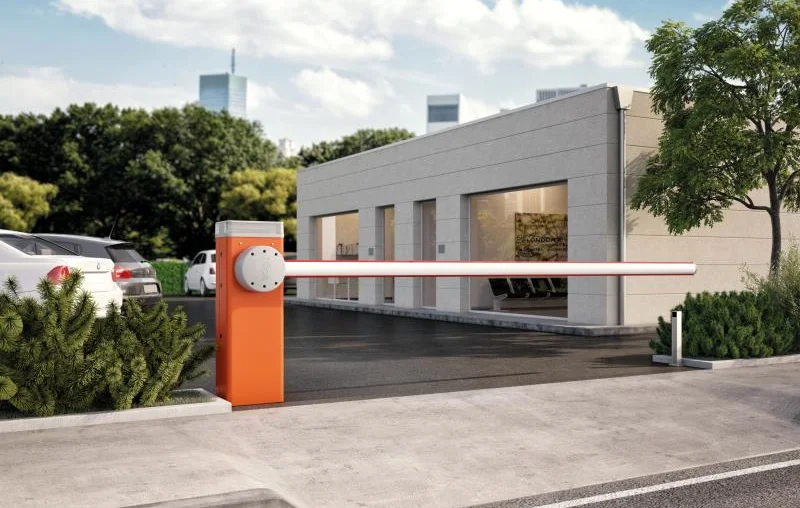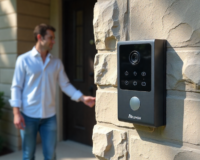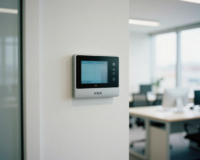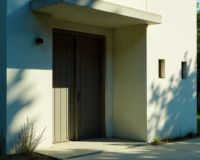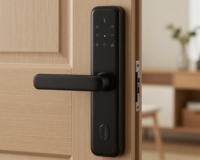Boom gates are essential for access control and security in various commercial, industrial, and residential properties across Australia. These automated systems are critical in managing traffic flow, enhancing security, and regulating vehicle access. However, Australia’s diverse and often harsh weather conditions can significantly impact the performance and longevity of boom gates. From scorching heatwaves to intense storms, boom gates are exposed to the elements, making regular maintenance a crucial factor in ensuring they function effectively and last for years.
This article provides comprehensive maintenance tips tailored to Australia’s unique climate, focusing on key factors such as heat, humidity, rain, wind, and dust. By following these guidelines, property owners can maximize the lifespan and efficiency of their boom gates, reduce the risk of breakdowns, and keep repair costs at a minimum.
Understanding Australian Weather Conditions

Australia’s weather conditions vary significantly depending on the region, and each of these climates poses different challenges for boom gate systems:
- Tropical regions (e.g., Northern Queensland) experience heavy rainfall and high humidity.
- Arid and desert regions (e.g., Central Australia) face extreme heat and dust storms.
- Coastal areas (e.g., Sydney, Perth) are exposed to saltwater corrosion, humidity, and strong winds.
- Temperate regions (e.g., Melbourne, Adelaide) often have fluctuating weather, including cold winters, hot summers, and frequent rain.
Given the wide-ranging conditions across the country, boom gates require targeted maintenance to withstand environmental stress and operate smoothly throughout the year.
General Boom Gate Maintenance Checklist
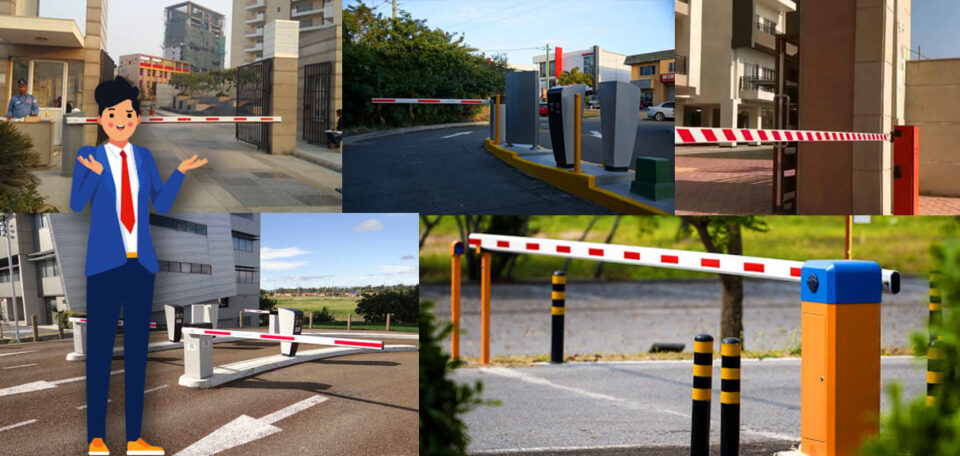
Before diving into weather-specific tips, it’s essential to establish a general maintenance routine for boom gates. A well-maintained boom gate system not only functions efficiently but also minimizes unexpected downtime.
1. Visual Inspection
Perform a weekly visual inspection of the boom gate system. Look for any visible signs of wear and tear, damage to components, or potential hazards like debris or obstacles in the gate’s path. Ensure that the boom arm is straight and free of dents or cracks, and inspect the gate’s housing for rust or corrosion.
2. Lubrication of Moving Parts
To ensure smooth operation, all moving parts, such as hinges, bearings, and the gate arm’s pivot points, should be lubricated regularly. Choose a weather-resistant, high-quality lubricant that can endure both hot and cold climates, as well as exposure to moisture.
3. Electrical Components
Boom gates are powered by motors and electronic systems that require routine checks. Ensure that all electrical connections are tight and free from corrosion. Check for any signs of wear on cables and replace any damaged components. Pay attention to battery-powered systems; ensure the batteries are charged or replaced when necessary.
4. Test Safety Features
Safety features, such as motion sensors, loop detectors, and emergency stop buttons, should be tested at least monthly. Ensure that sensors can accurately detect vehicles and pedestrians, and that the gate stops or reverses upon detection of an obstruction.
5. Cleaning
Boom gates can accumulate dust, dirt, and debris, especially in dry or dusty environments. Regular cleaning of the gate arm and housing will prevent buildup that could impede the gate’s operation. Use a soft cloth and mild detergent to clean the surfaces, ensuring you don’t damage sensitive electrical components.
Maintenance Tips for Hot and Arid Climates
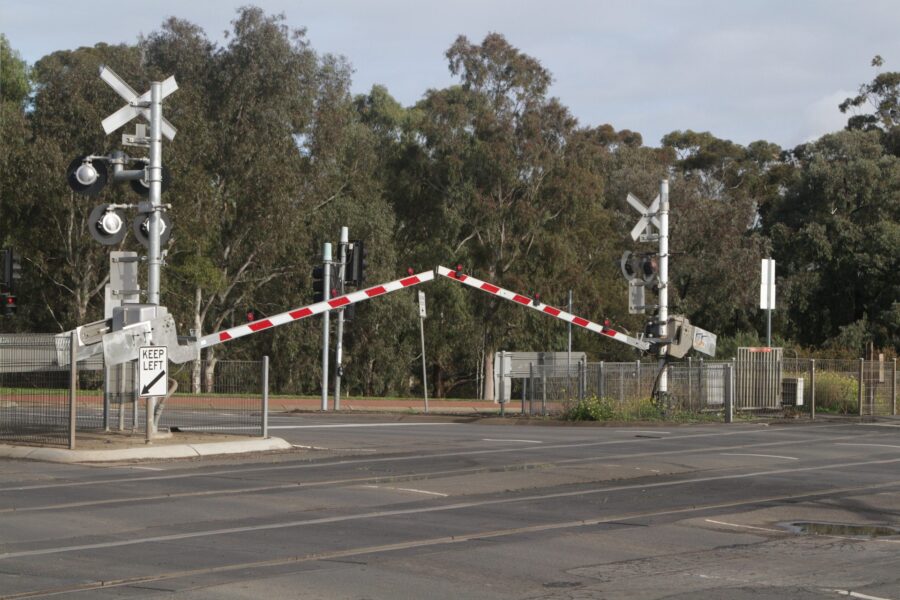
Australia’s central and northern regions often experience extreme heat, with temperatures exceeding 40°C (104°F) during summer. In these environments, boom gates are at risk of overheating, mechanical stress, and damage caused by UV radiation.
1. Protecting Electrical Components from Heat
Extreme temperatures can cause overheating of the boom gate’s motor and electrical components. Ensure that the control box and motor are housed in a weatherproof, ventilated enclosure. Adding insulation or reflective materials around the housing can help deflect heat and prevent overheating.
2. UV Protection
Prolonged exposure to intense sunlight can cause the boom arm and plastic components to fade, crack, or weaken. Use UV-resistant coatings or covers to protect the boom arm from sun damage. If the boom arm shows signs of UV degradation, consider replacing it with a model designed to withstand harsh sunlight.
3. Lubrication in Dry Conditions
In arid climates, dust can easily enter moving parts and cause wear and tear. Ensure that all moving parts are properly lubricated with a dust-resistant lubricant. Avoid using lubricants that attract dust, as this can lead to blockages or increased friction.
4. Monitoring Overheating
During heatwaves, motors may overheat and lead to system malfunctions. Install temperature sensors to monitor the motor’s heat levels, and consider installing a cooling fan or heat dissipation system to prevent damage. Regularly check the motor’s temperature during peak summer months.
Maintenance Tips for Coastal and Humid Areas
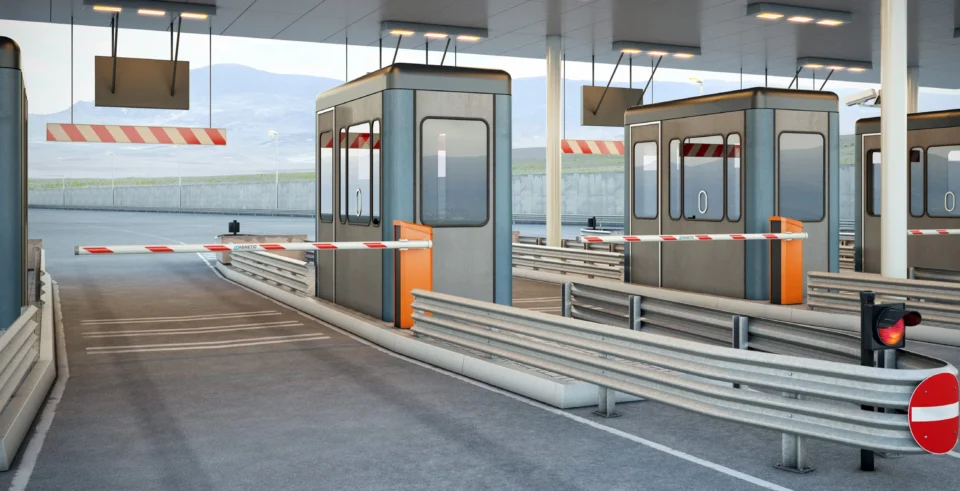
Coastal regions in Australia, such as Sydney and Perth, present unique challenges due to high humidity, saltwater exposure, and strong winds. Boom gates in these areas are prone to rust, corrosion, and electrical issues caused by moisture infiltration.
1. Rust and Corrosion Prevention
Saltwater and humidity can cause metal components of boom gates to rust or corrode. Regularly inspect the gate’s metal parts, including the boom arm, control box, and brackets, for signs of rust. Apply anti-corrosion coatings or rust-resistant paint to metal surfaces to protect them from salt and moisture damage.
2. Waterproofing Electrical Systems
Moisture can infiltrate electrical systems, leading to short circuits or power failures. Ensure that all electrical components, including the control box, wiring, and sensors, are housed in waterproof enclosures. Use waterproof seals and gaskets to prevent water ingress during heavy rains or storms.
3. Wind Resistance
Strong coastal winds can cause boom gates to sway or become misaligned. Install wind-resistant support structures or brackets to stabilize the boom arm and prevent damage from gusts. Ensure that the gate’s pivot points are secure and can withstand high winds without becoming loose.
4. Dealing with High Humidity
High humidity can accelerate the growth of mold and mildew, particularly inside the boom gate’s housing or control box. Ensure adequate ventilation in enclosed areas and regularly clean any buildup of moisture. Consider using dehumidifiers or moisture absorbers inside control boxes to prevent electrical issues.
Maintenance Tips for Rainy and Tropical Climates
In areas such as Northern Queensland, heavy rainfall, thunderstorms, and high humidity can take a toll on boom gates. These conditions can lead to water damage, electrical malfunctions, and sensor issues.
1. Flood Prevention
Boom gates installed in low-lying areas or regions prone to flooding should be elevated to prevent water damage. Ensure that the control box and motor are installed above ground level to avoid submersion during floods. Consider installing drainage systems around the gate area to divert water away from critical components.
2. Checking for Water Ingress
During the rainy season, regularly inspect the boom gate for signs of water ingress. Check seals, gaskets, and housings to ensure they remain watertight. Replace any damaged seals immediately to prevent moisture from entering sensitive electrical components.
3. Maintaining Motion Sensors
Rain and high humidity can affect the performance of motion sensors or loop detectors. Regularly test the sensors to ensure they can accurately detect vehicles, even in wet conditions. Clean the sensors frequently to remove any moisture, dirt, or debris that could affect their functionality.
4. Lubrication in Humid Conditions
In tropical climates, moisture can cause lubricants to break down or become diluted. Use waterproof or marine-grade lubricants that are designed to function in high-humidity environments. This will ensure that moving parts remain well-lubricated and resistant to rust.
Maintenance Tips for Cold and Temperate Regions
Cold and temperate regions in Australia, such as Victoria and Tasmania, experience a mix of weather conditions, including frosty winters, rainy seasons, and mild summers. Boom gates in these regions require maintenance to prevent freezing and ensure consistent operation.
1. Preventing Freezing in Cold Weather
In regions with frosty winters, freezing temperatures can affect the boom gate’s motor and moving parts. Use cold-resistant lubricants to prevent parts from freezing. If your area is prone to frost, consider installing heating elements or antifreeze solutions in the motor housing to ensure the boom gate operates smoothly.
2. Dealing with Rain and Moisture
Cold regions also experience significant rainfall, which can lead to moisture buildup in the boom gate system. Regularly inspect for water ingress and ensure that all electrical components are adequately sealed. Clean the gate arm and housing to remove any moisture and prevent rust.
3. Seasonal Lubrication
In temperate regions where weather conditions vary throughout the year, it’s important to adjust your lubrication routine based on the season. Use thicker lubricants in winter to prevent freezing, and switch to lighter lubricants in the summer months to maintain smooth operation.
Regular Professional Servicing
While regular DIY maintenance is essential, scheduling professional servicing at least once a year is recommended. Professional technicians can perform detailed inspections, identify potential issues, and provide more comprehensive maintenance, such as motor calibration or control system diagnostics. In regions with extreme weather, more frequent servicing may be necessary to ensure that the boom gate remains in optimal condition.
Conclusion
Boom gates are a valuable asset for managing access control and security in Australian commercial, residential, and industrial properties. However, the diverse and often harsh weather conditions across Australia can impact their performance and longevity. By following a tailored maintenance routine that addresses specific weather challenges—whether it’s heat, humidity, rain, wind, or cold—property owners can ensure their boom gates remain functional and reliable year-round.
Regular inspections, proper lubrication, weatherproofing, and professional servicing are key to maintaining a boom gate system that withstands Australia’s demanding climate.

